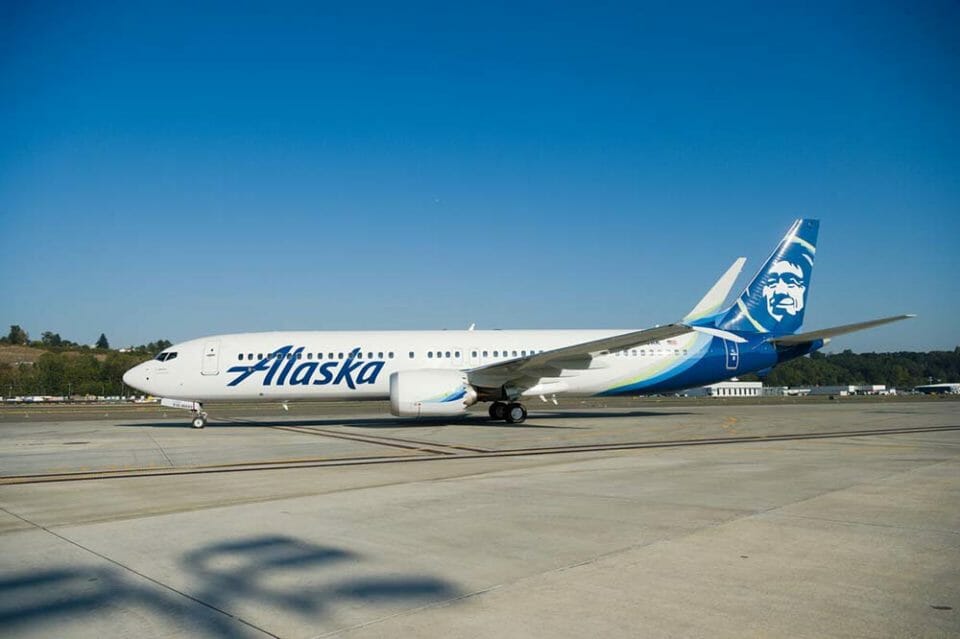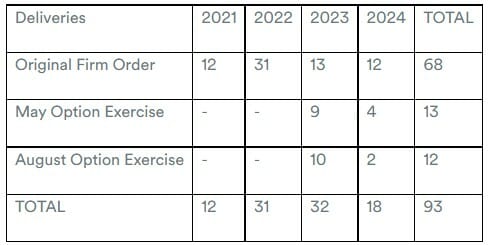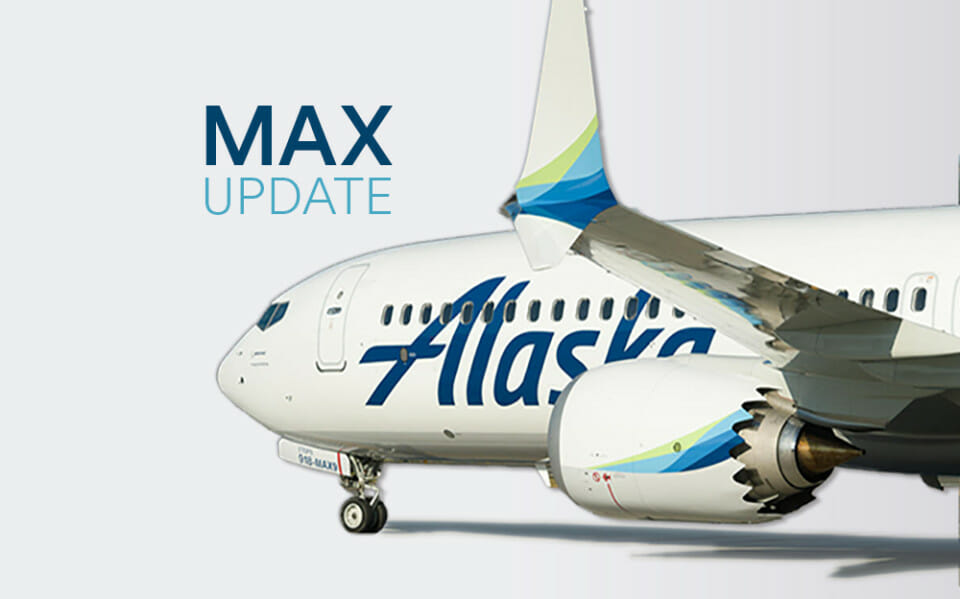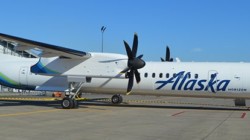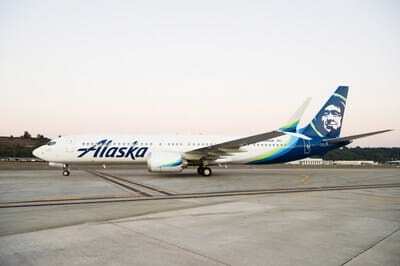Alaska Airlines announced today it is accelerating its fleet growth by exercising options early on 12 Boeing 737-9 aircraft. The option aircraft are now firm commitments for 2023 and 2024. This additional commitment brings Alaska’s total firm 737-9 order to 93 aircraft, five of which are currently in service.
Alaska announced a restructured agreement with Boeing in December 2020 to acquire 68 737-9 aircraft between 2021 to 2024, with options for another 52 deliveries between 2023 and 2026. This year, the airline has exercised 25 of the options, including 13 planes in May. As part of this transaction, Alaska will add 25 options to backfill the ones that have been exercised.
“We are excited to accelerate Alaska’s growth, building on our solid financial foundation that enabled us to weather the pandemic,” said Nat Pieper, Alaska Airlines senior vice president of fleet, finance and alliances. “These aircraft are a prudent, long-term investment in our business that we can make while simultaneously maintaining our strong balance sheet.”
The Current Alaska Airlines Fleet
The current fleet plan for Alaska Airlines mainline aircraft consists of Boeing 737-800, 737-900, 737-900ER and the 737-9 MAX aircraft. The average age of the 737 fleet is 10.4 years while the Airbus A320 fleet is younger at 7.7 years. Some of the 737-800 and 737-900 aircraft are 20 years old and most likely be replaced by the 737-9 MAX aircraft. The airline is likely to keep the Airbus A321 NEO aircraft for their fuel efficiency and return the A320 aircraft when those leases expire.
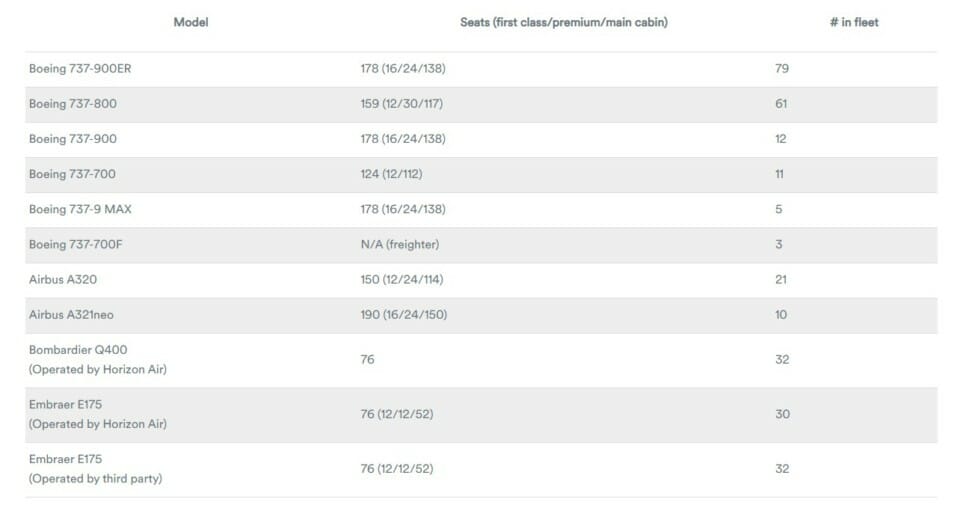
Increasing the 737-9 MAX Order
Usually, when an airline negotiates an aircraft order, it is for two types of orders – firm orders and options. Firm orders are exactly that, the airline has committed to purchasing a fixed number of aircraft. In addition, airlines will typically negotiate an option contract to receive additional aircraft in the future at the current negotiated price.
Operating the same type of aircraft substantially reduced the costs to an airline. The economy of scale can be realized in costs savings of:
- Common pilot training and certification,
- Common flight attendant training and certification,
- Common maintenance training and certification and
- Commons aircraft replacement parts.
Southwest developed their original fleet plan based on the Boeing 737 and they continue to profit from flying a common fleet type.
Previously, Alaska Airlines had 68 firm orders for the Boeing 737-9 MAX aircraft and had exercised an option for an additional 13 aircraft. In today’s announcement, Alaska has exercised another option order for an additional 12 aircraft.
Building On The 737-9 MAX
“Boeing continues to be a terrific partner for Alaska. We began flying our first 737-9s this past spring, and we’re extremely pleased with the operational, financial and environmental performance of the aircraft,” said Pieper. “The planes are exceeding our expectations – from how quiet the engines run to the greater range they provide – and our guests love them.”
With the long range of the 737-9 MAX, Alaska Airlines can continue its growth to international destinations like the new service to Belize.
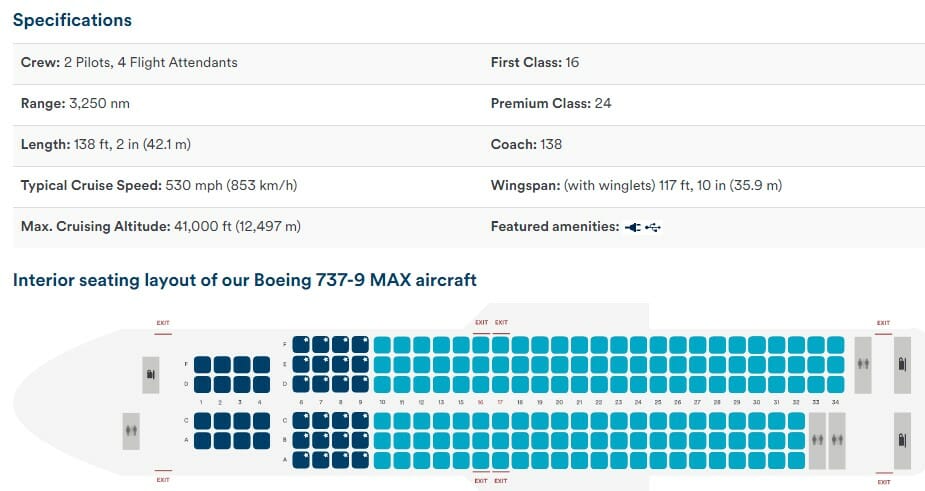
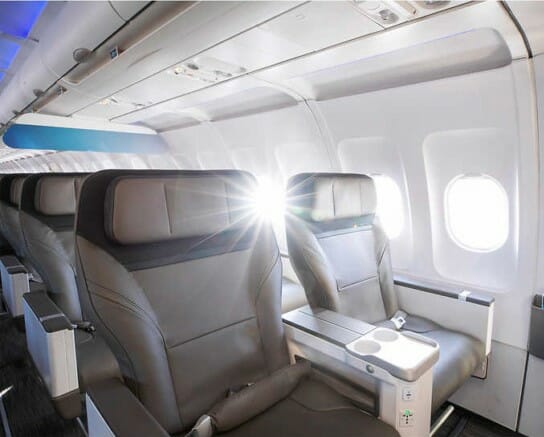
Final Thoughts
Alaska Airlines has accelerated the addition of the Boeing 737-9 MAX as they optimize their aircraft fleet. The MAX 9 will be the backbone aircraft as the airline continues to see its passenger loads increase particularly in the leisure travel market. Replacing older, less fuel-efficient aircraft and replacing the Airbus A320 aircraft will further reduce the operating costs at Alaska Airlines. The airline continues to work on being a Boeing 737 operator as they continue to replace the Airbus aircraft that they acquired from the merger with Virgin America.

